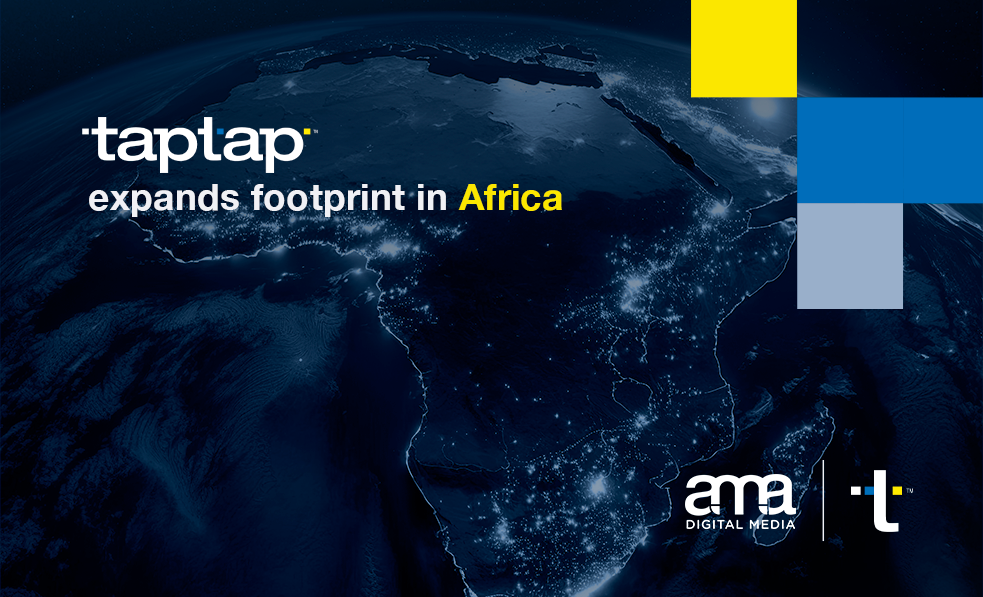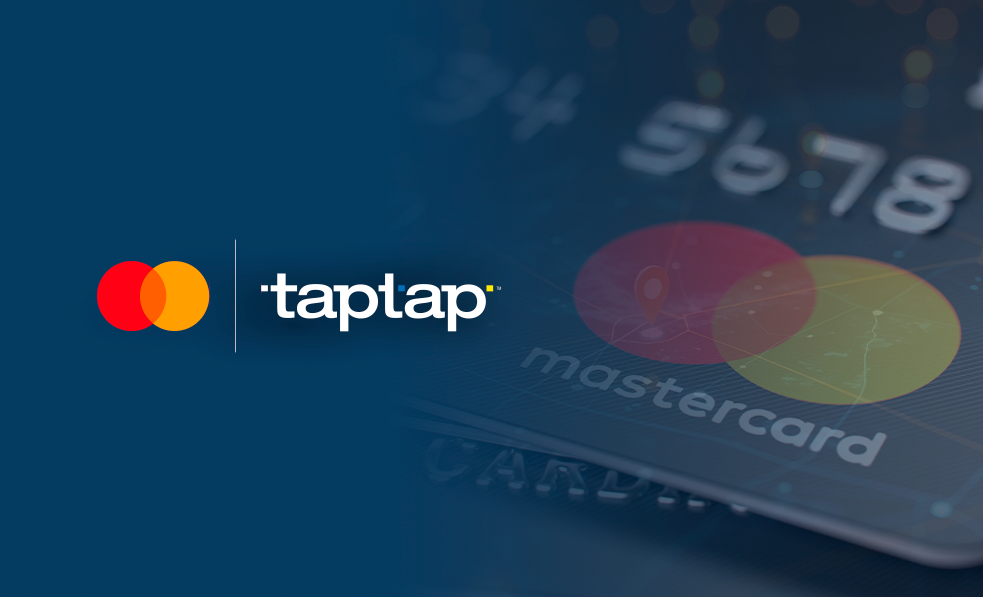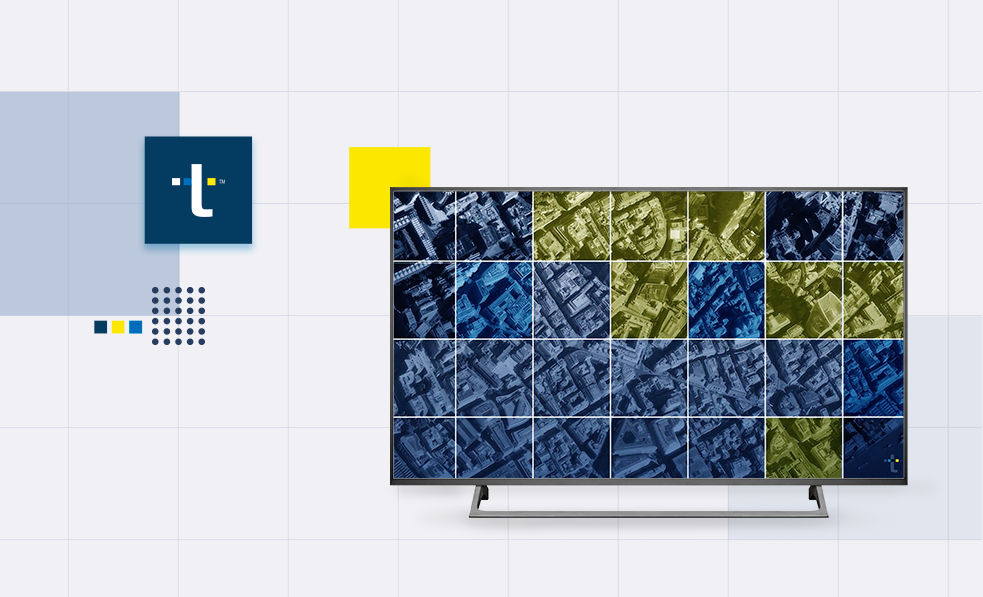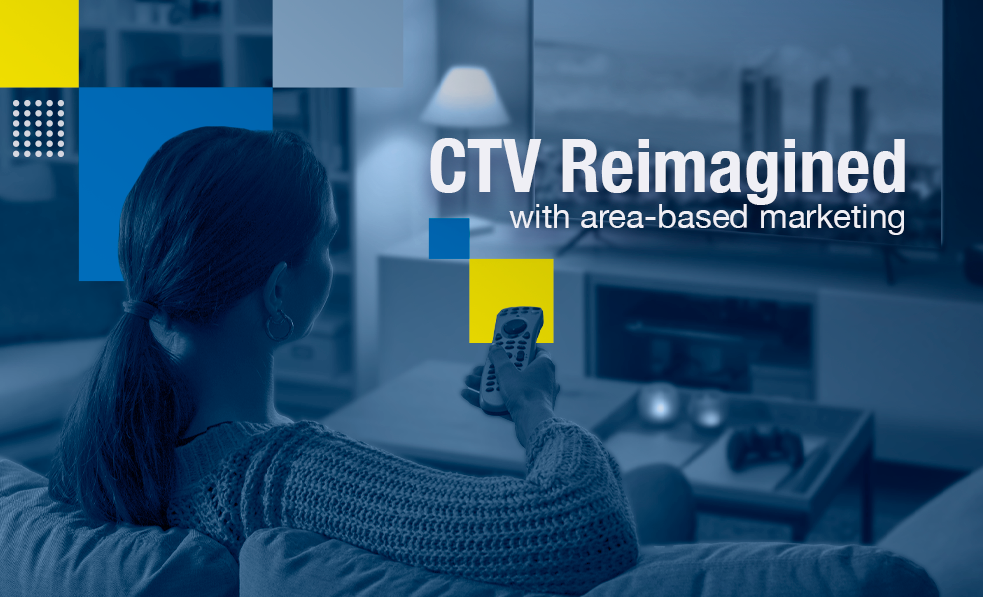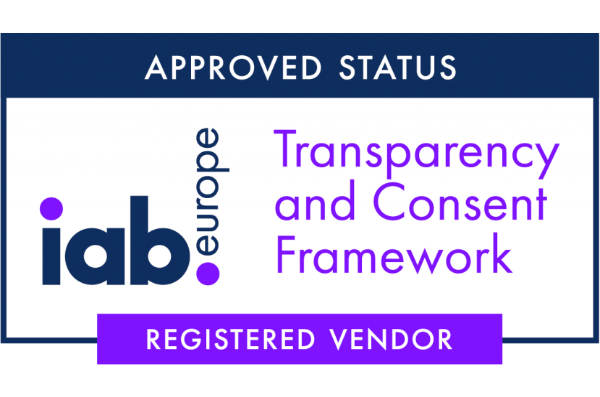We know that mobile devices represent a crucial point of contact (touchpoint) in almost every step of the path to purchase (customer path-to-purchase journey). Starting from the trigger or need that initiates this process, until reaching the final decision or purchase, mobile devices have a fundamental role in influence, interaction, momentum and relevance that we can’t stop addressing and analyzing.
But perhaps the most important thing that the mobile device and its growing interaction give us is a lot of data points about the people using it. That data, once cleaned up, processed and transformed into useful indicators, is of great value when making decisions in communication, marketing and advertising strategies, both in digital media and traditionally offline media.The new trend in advertising places the user as the axis of their actions, posing a new paradigm in the advertising market. To date, the great effect of branding and awareness offered by offline media hasn’t been interconnected, with the deep capacity for segmentation, interaction and measurement of digital media, especially the mobile medium.
Little by little, we’re seeing the great value provided by mobile-centric data sources and strategies in order to interact with users in all phases of the purchase funnel and through any media. These interactions are cross-media and cross-device, but are increasingly digital in nature. In turn, all this allows us to move from a less effective mass-media communication (1 to N), to a more personalized one that impacts the user at the most appropriate time (1 to 1) reaching a more effective and relevant communication or interaction. Specifically, we know that mobile devices represent a crucial point of contact (touchpoint) in almost every step of the decision-making path towards purchase (customer path-to-purchase journey).
Starting from the trigger or need that initiates this process, until reaching the final decision or purchase, mobile devices have a fundamental role in influence, interaction, momentum and relevance that we can’t stop addressing and analyzing. In Sonata (DSP & DMP Digital), thanks to our own technology, we have evolved our analysis processes and data processing in order to build audience profiles with a greater degree of specialization depending on the specific moment of the purchase process each user is in. We start with unsupervised models of machine learning (clustering), to then refine algorithms based on supervised machine learning models where we include verified data samples, as well as real advertising interactions for each vertical or category and, of course, all the brand’s research and knowledge of the user.
In addition, it’s important to correlate and incorporate other external data sources, such as the DMPs of brands or agencies, or data providers of deterministic origin with precision values in the target supported by auditors such as Nielsen. A key variable of great value, both to carry out the segmentation, activation and attribution of audiences at digital and offline, and to implement mobile-centric strategies, is the location. For this, Sonata has an audit, classification and processing system for millions of location signals available in the digital ecosystem called LQI (Location Quality Index). But a high volume of data is not synonymous with utility and/or value. The important thing is to know how to process and analyze the data to turn them into actionable attributes throughout the digital ecosystem. Thanks to artificial intelligence and real-time analysis of billions of own and third-party data on a global scale, Sonata's expert system is able to discard all data of fraudulent origin or of low quality, taking into account not only the location of the user, but also dozens of additional variables, such as advertising interactions (clicks, videos...), viewability, ad placement, origin and quality of the medium, etc.
All the data in this ecosystem allows us to know the moment in which the user is in, and generate a behavioral profile, both digitally and physically (offline). Thanks to Sonata LQI and all the intelligence inferred by location data, digital inventory and other SDK-type sources, we can know socio-demographic characteristics such as place of residence, work or other geosocial habits. Additionally, the correlation with other data sources of deterministic origin allows us to configure demographic, interest or behavioral audience profiles with exceptional precision, as verified by Nielsen. But, what advantage does the implementation of mobile-centric digital strategies offer us in our offline media campaigns?
In particular, I’d like to talk about the interaction with the external environment (OOH), which we extrapolate and execute in the other two huge offline media, TV and Radio. In Sonata, we’ve developed an innovative audience forecasting module or analysis of audience volume based on several parameters, starting mainly from its taxonomy or profile, as well as its location over time and in real time. This tool allows adding a new dimension of dynamic data, and in real time, to traditional exterior planning, achieving segmentation in a more precise and relevant way. But this first link between mobile and OOH is only the beginning in an evolution of outdoor digital campaigns that seems unstoppable. With the aim of amplifying the branding and awareness impact of the external environment, and with the idea of carrying out a digital extension of the audiences in a more precise and measurable way, Mobile Out of Home solutions arise. This activation of the audience in a digital way allows us to take the audience engagement one step further and interact in a much more precise and concrete way (in terms of the target target) through dynamic advertising.
Thanks to the knowledge we have of this audience, we can understand if it’s more appropriate to carry out an awareness action or if, on the contrary, that user has shown a greater affinity to the product or brand in particular, and it’s better to impact them with a message of greater relevance and usefulness about the product or the brand. But it doesn’t stop here. To close the cycle, and so that the interaction between the mobile environment and external environment is more powerful, we’ve successfully managed to connect our systems of audience recognition and analysis with Digital Out of Home systems (DOOH) via API with DOOH contextual systems, such as Posterscope (LivePoster). In this way, all the knowledge and intelligence data acquired from user interaction and with all the means that can be applied to optimize it in a dynamic way, the ad content of the screens, applying the contextualization and amplification of engagement that the mobile medium provides to the external medium itself. All this, in order to maximize the effectiveness of advertising and find a better response from users. Additionally, these dynamic ads give us a better use of the investment thanks to a much more accurate audience reach.
On the other hand, Sonata has a new system that allows for the analyzation and measurement of a new attribution model, more specifically measuring the return on advertising investment (ROI or ROAS) and its contribution in terms of generating visits to the point of sale. That said, thanks to Sonata we can measure all user interactions with digital and offline media (OOH, TV and Radio) and its subsequent advance in the funnel, to the point of conversion, to the point of sale. This allows us to have a unique view of the user and add this model to the already known digital conversion models. All this generates new tools and new sources of data to learn from and to feed on "always-on" strategies, achieving better profiling, more relevant activation and therefore better results, both digitally and physically.
In short, Sonata evolves along with programmatic trends to implement solutions and strategies beyond the boundaries between digital and offline. But it’s not about completing or unifying a vision about the media, it’s about concentrating the media around their natural link, the user. Being able to identify this user as the fundamental axis of any conversion or sale process, we begin to abandon the language of advertising to make way for models oriented to real business objectives.
Álvaro Mayol
Partner & CTO
Source: MarketingDirecto.com




